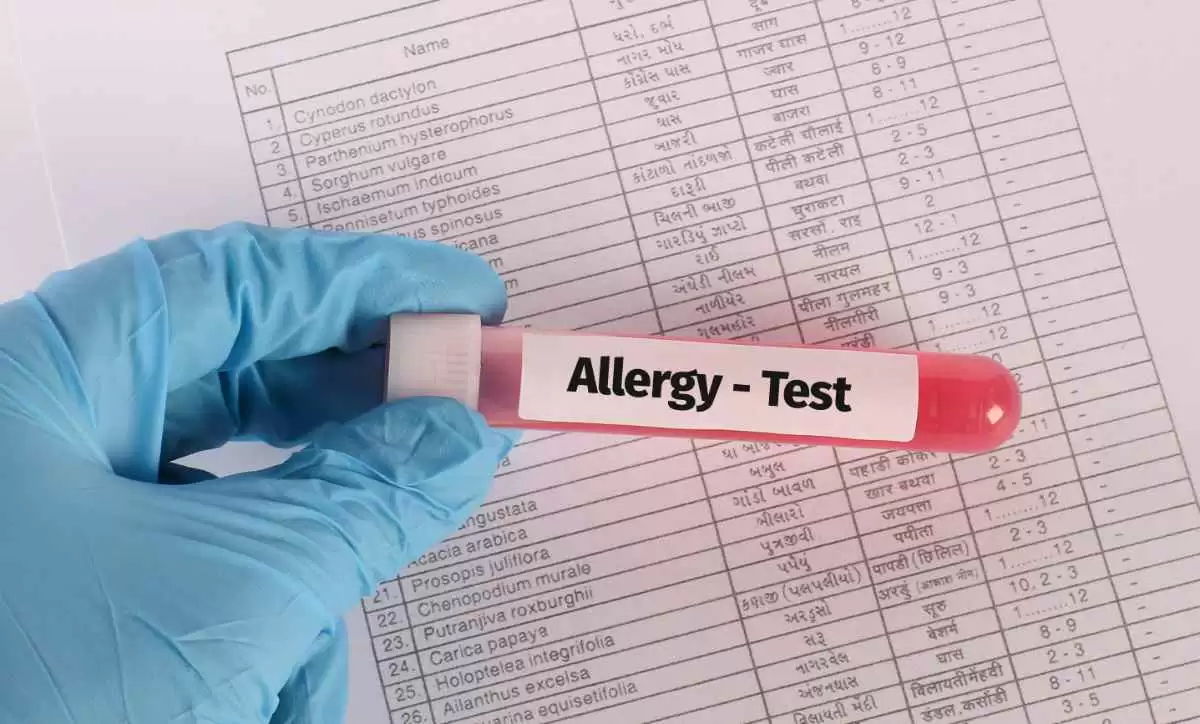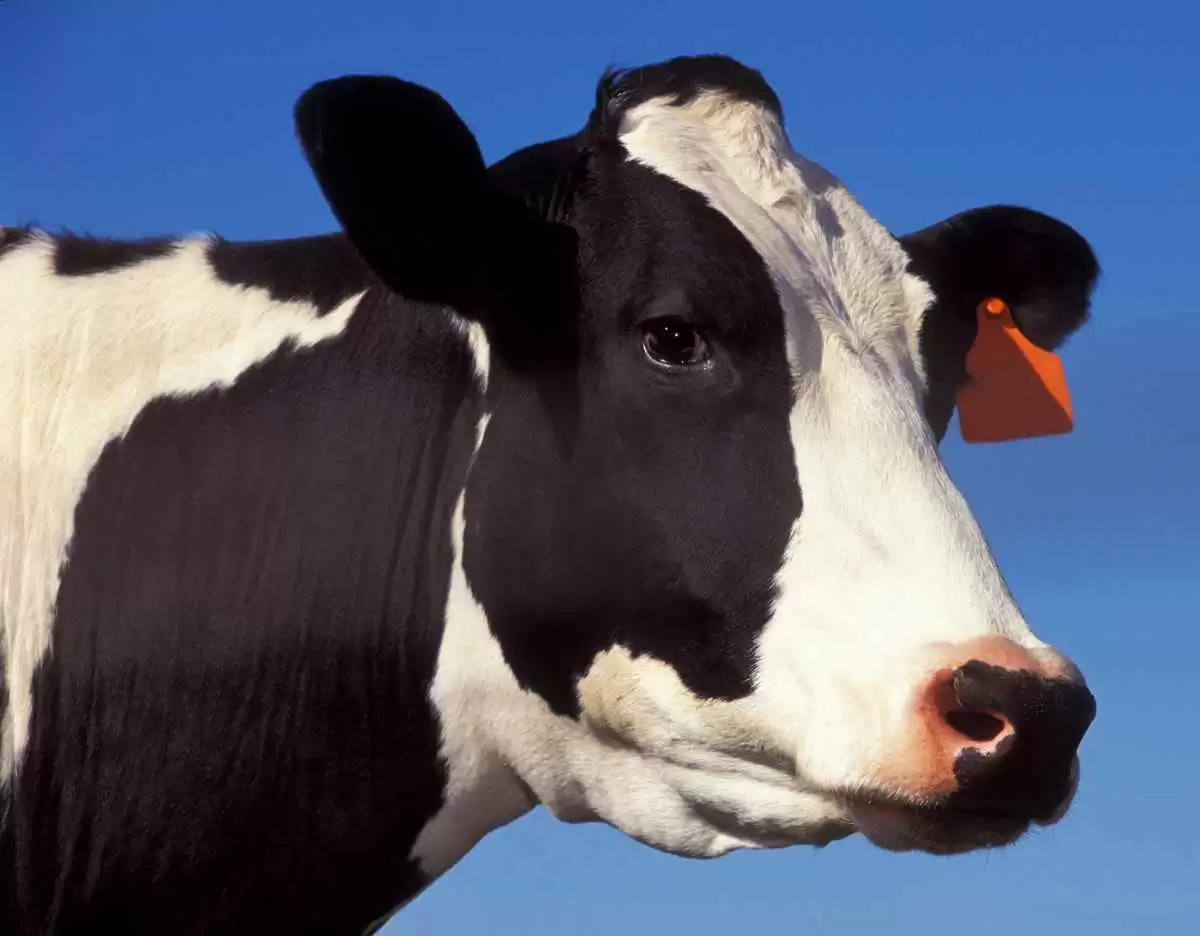
Celiac.com 09/03/2022 - Anemia is one of the most common presentations in adults with newly diagnosed celiac disease. In 1996 approximately 3.4 million Americans were diagnosed with anemia, according to the Centers for Disease Control, and out of these 2.1 million were under the age of 45. Celiac disease can present with classic and/or atypical symptoms. Atypical symptoms of celiac disease are associated with malabsorption and can include iron deficiency anemia in both adults and children.
Celiac disease was once thought to be a childhood disease. However the average age at diagnosis today is 40 to 50 years old. It is more commonly seen in women than men. Celiac disease is a disease that can begin in infancy with gastrointestinal symptoms, in childhood, or even late in life. Many persons diagnosed later in life may have no gastrointestinal symptoms. Often, in older adults, routine health checks discover silent celiac disease, because of undefined anemia or bone disease(3).
Celiac.com Sponsor (A12):
Anemia can be a symptom of many conditions, including excess blood loss from bleeding or surgery; autoimmune diseases such as celiac disease; chronic infections, or from the use of some medications. There are different types of anemia. Blood studies are used to help determine the type of anemia, its possible cause, and the correct treatment.
Macrocytic anemia is usually caused by a folate or vitamin B12 deficiency. Microcytic anemia is a caused from iron deficiency. Inflammation, either chronic or acute, can alter ferritin levels in persons with iron-deficiency anemia. When inflammation is present, iron levels can appear either normal or elevated in iron deficiency.
Folate deficiency should be considered in persons who have both celiac disease and anemia. Folate is absorbed in the jejunum, the upper part of the small intestine. This is the part of the small intestine that is largely damaged in untreated or undiagnosed celiac disease. Celiac disease is a disease of malabsorption due to inflammation and damage of the microvilli and villi of the small intestine. The microvilli and villi normally increase the absorption capacity of the small intestine by expanding its surface area to nearly 500 times its length. When there is damage to the jejunum and duodenum, the absorption of many nutrients, including iron, is altered. Celiac disease is not often suspected when a person is diagnosed with persistent anemia that does not respond well to traditional therapies, even though iron absorption can be significantly altered by the damage to the intestine.
Studies suggest that persons with celiac disease may present with anemia as a single symptom or one of many symptoms. The incidence of anemia in the patients with newly diagnosed celiac disease ranges from 4% in the United States, to 24% in Romania, and over 66% in East Indian patients. In surveys of members of national celiac support groups in Canada and the U.S., anemia is a common pre-celiac diagnosis. Three recent studies in the United Kingdom screened men and women with anemia for celiac disease and found undiagnosed celiac disease in 2.3 to 6.7 percent of subjects. Another study in the UK screened 1,200 people in the general population and found celiac disease in one percent, a frequency similar to that of the U.S. study.
It is possible to conservatively estimate that 78,000 people with anemia in the US could have celiac disease as the cause of their anemia. Clearly, physicians treating patients with anemia should consider screening them for celiac disease, especially if the anemia is unresponsive to traditional therapy.
Anemias Found in Celiac Disease
Several conditions can contribute to the development of anemia, including blood loss, poor diet, genetic disorders, chronic illnesses, and damage to the bone marrow from radiation or chemotherapy. Gastrointestinal conditions, such as Crohn’s disease or celiac disease, that decrease the absorption of iron, folate, or vitamin B12 can also cause anemia. Iron-deficiency anemia is the most common type of anemia found in women. The most common causes of iron-deficiency anemia are blood loss due to menstruation or pregnancy, and poor absorption of iron from foods(15). Iron deficiency is uncommon in postmenopausal women. If iron-deficiency anemia is discovered in postmenopausal women, it is generally the result of bleeding in the gastrointestinal tract or malabsorption.
Both iron-deficiency anemia and B12 deficiencies are common in celiac disease. Iron-deficiency anemia is the most common type of anemia found with celiac disease. Decreased iron and folate absorption are often seen in untreated celiac disease. Many physicians overlook iron and folate malabsorption as a cause of anemia. As part of the evaluation process for iron-deficiency anemia endoscopic procedures are often performed, generally without taking biopsies of the small intestine. If biopsies are not taken, celiac disease would be overlooked as the causal factor for the anemia.
Anemia generally develops slowly with symptoms worsening over time. Common symptoms of anemia include extreme fatigue, pale skin, weakness, shortness of breath, lightheadedness, and cold hands and feet. Iron-deficiency anemia symptoms may also include with cracks at the sides of the mouth, complaints of inflamed or sore tongue, brittle nails, pica, headaches, decreased appetite, and increased infections. Some people may also experience Restless Leg Syndrome. If not treated, iron-deficiency anemia can lead to other severe health problems, such as heart irregularities; complications with premature and low-birth-weight infants; and delayed growth and development in children. Symptoms of Vitamin B12 deficiency can cause yellowing or darkening of the skin, colorblindness to yellow-blue colors, and confusion or forgetfulness. Signs of vitamin B12 deficiencies such as neurological problems, peripheral neuropathy, mental confusion and forgetfulness can be seen before anemia is diagnosed.
The most likely cause of vitamin B12 deficiency in celiac disease is due to damage in the small intestine, which makes it difficult to adequately absorb B12. Bacterial overgrowth in the small intestine is another possible cause of B12 deficiency. Anemia, as a result of vitamin B12 deficiency is considered to be uncommon in celiac disease that is diagnosed early.
In a small study of 39 patients, Dahele, et al., 16 (41 percent) were found to have vitamin B12 deficiency and 16 were anemic. After four months on a gluten-free diet all patients with B12 deficiency had B12 levels that normalized. Only five patients with combined folate and B12 deficiencies received B12 therapy.
Dickey found in screening celiac patients with low serum vitamin B12 levels that low B12 is common in celiac disease without having pernicious anemia, and may be the only presenting manifestation of celiac disease (14). Studies by Dahele and Dickey suggest that vitamin B12 deficiency is a common condition in untreated celiac disease, however their studies do not support that pernicious anemia is associated with celiac disease. Dahele and Dickey indicate the vitamin B12 deficiency usually resolves on a gluten-free diet, without vitamin B12 replacement.
Treating Anemia in Celiac Disease
The most important issue in anemia as a result of celiac disease is to follow strict gluten-free diet. The small intestine must heal in order to absorb nutrients correctly and adequately. Studies indicate that it can take several months to years to heal the small intestine in persons with celiac disease, and it is imperative that all persons with celiac disease have regular follow-up visits with a dietitian to check the adequacy of their diet.
A gluten-free diet alone has been shown to reverse signs of anemia in most newly diagnosed celiac patients. In otherwise healthy individuals, it takes six to 12 months of diet therapy to correct anemia. Reversing anemia in persons with celiac disease may take several months longer, even with supplementation. Iron replacement therapy may not be necessary in mildly-depleted persons. In these cases a gluten-free diet high in iron-rich foods and a good gluten-free multi-vitamin supplement should be tried for six to 12 months before further therapy options are considered. Persons taking iron supplements should take iron with vitamin C-rich foods, such as citrus juice, which will help increase iron absorption. They should also avoiding calcium and dairy products within an hour of eating iron-rich foods, as calcium binds with iron and neither nutrient is absorbed well. Iron-rich foods including fish, poultry, and red meats should be included at each meal. Use of coffee and tea should be restricted.
Iron supplementation therapy recommendations for persons with celiac disease vary by physician. Recommendations of up to one gram of iron per day, with close monitoring for clinical and blood level improvement are sometimes recommended. In severe situations, blood transfusions are used to boost the patient’s initial iron and hemoglobin levels. As with other medications, all supplements used must be gluten-free.
Foods rich in iron that are naturally gluten-free include: lean red meats, liver, kidney, clams, oysters, shrimp, chicken, haddock, crab, tuna, salmon, turkey, broccoli, parsley, leafy greens, peas, dried beans, lentils, peaches, pears, dates, raisins, dried prunes, and blackstrap molasses. Many of the special seeds and flours used in the gluten-free diet are rich in iron, including amaranth, buckwheat, Montina™, quinoa, and teff. These foods are also high in other nutrients, including calcium, amino acids, magnesium, zinc and fiber. When compared to whole wheat and enriched all-purpose white wheat flours (iron content 4.7 mg and 5.8 mg, respectively), many of the gluten-free flours are nutritionally equal or superior to wheat flour. Amaranth, buckwheat, flax, garfava, millet, Montina™, quinoa, rice bran and soy all have higher iron content than wheat flours. In gluten-free baking, a blend of flours is required for best results.
Many of the flours mentioned above are used as secondary ingredients in the flour blends, in combination with refined starches such as rice flour, potato starch and tapioca or corn starch, all of which are much lower in iron than wheat flour. Using the whole seed or groat of these seeds in cooking can significantly increase the iron content of the gluten-free diet. Many of these products make wonderful side-dishes and starches in casseroles or soups. Teff is used as a staple food in Ethiopia. It is extremely high in iron and it is speculated that it is the extensive use of teff that keeps the incidence of iron-deficiency anemia low in Ethiopia. For persons with celiac disease who are also lactose intolerant or choose to follow a vegetarian diet, inclusion of these seeds helps to assure adequate nutrient intake.
Anemia is common in the general population and even higher in celiac disease. Malabsorption is a common cause of anemia. Persons with anemia are at risk for celiac disease. Patients with anemia from unknown reasons or those who do not respond to traditional treatments require further evaluation which should include screening for celiac disease. If celiac disease is discovered, appropriate treatment with a gluten-free diet that includes foods that are rich in iron is normally all that is necessary to treat anemia in most cases.
The Dietary Reference Index (RDI) for Iron:
- 7 to 10 mg/day for young children
- 8 to 11 mg/day for males
- 15 to 18 mg/day for females of menstrual age
- 8 mg/day for older females
- 27 mg/day during pregnancy
References:
- Anemia, Vital and Health Statistics, Series 10, No. 200 , 1996. <http://www.cdc.gov/nchs/fastats/anemia.htm> Accessed 9/10/03
- Fasano A, Berti I, et al. Prevalence of Celiac Disease in At-Risk and Not-At-Risk Groups in the United States Arch Intern Med. 2003;163:286-292.
- Guandalini S. Celiac disease. School Nurse News. 2003 Mar;20(2):24-7.
- Sood A, Midha V, et al. Adult celiac disease in northern India. Indian J Gastroenterol. 2003 Jul-Aug;22(4):124-6.
- Sachdev A, Srinivasan V, et al. Adult onset celiac disease in north India. Trop Gastroenterol. 2002 Jul-Sep;23(3):117-9.
- Dobru D, Pascu O, et al. The prevalence of coeliac disease at endoscopy units in Romania: routine biopsies during gastroscopy are mandatory (a multicentre study). Rom J Gastroenterol. 2003 Jun;12(2):97-100.
- Zipser RD, Patel S, et al. Presentations of adult celiac disease in a nationwide patient support group. Dig Dis Sci. 2003 Apr;48(4):761-4.
- Cranney A, Zarkadas M, et al. The Canadian celiac health survey – the Ottawa chapter pilot. BMC Gastroenterol. 2003; 3 (1): 8.
- Ransford RA, Hayes M, et al. A controlled, prospective screening study of celiac disease presenting as iron deficiency anemia. J Clin Gastroenterol. 2002 Sep;35(3):228-33.
- Howard MR, Turnbull AJ, et al. A prospective study of the prevalence of undiagnosed coeliac disease in laboratory defined iron and folate deficiency. J Clin Pathol. 2002 Oct;55(10):754-7.
- Brooklyn TN, Di Mambro AJ, et al. Patients over 45 years with iron deficiency require investigation. Eur J Gastroenterol Hepatol. 2003 May;15(5):535-8.
- Sanders DS, Patel D, et al. A primary care cross-sectional study of undiagnosed adult coeliac disease. Eur J Gastroenterol Hepatol. 2003 Apr;15(4):407-13.
- Dahele A, Ghosh S. Vitamin B12 deficiency in untreated celiac disease. Am J Gastroenterol. 2001 Mar;96(3):745-50.
- Dickey W. Low serum vitamin B12 is common in coeliac disease and is not due to autoimmune gastritis. Eur J Gastroenterol Hepatol. 2002 Apr;14(4):425-7.
- Iron-deficiency anemia in women. Harvard Women's Health Watch, Nov 2002, Vol. 10 Issue 3, p3
- Anemia Patient Education Sheets. Mayo Clinic website. www.mayoclinic.org. Accessed 9-5-03.
- Annibale B, Severi C, et al. Efficacy of gluten-free diet alone on recovery from iron deficiency anemia in adult celiac patients. Am J Gastroenterol. 2001 Jan;96(1):132-7.








Recommended Comments
There are no comments to display.
Create an account or sign in to comment
You need to be a member in order to leave a comment
Create an account
Sign up for a new account in our community. It's easy!
Register a new accountSign in
Already have an account? Sign in here.
Sign In Now